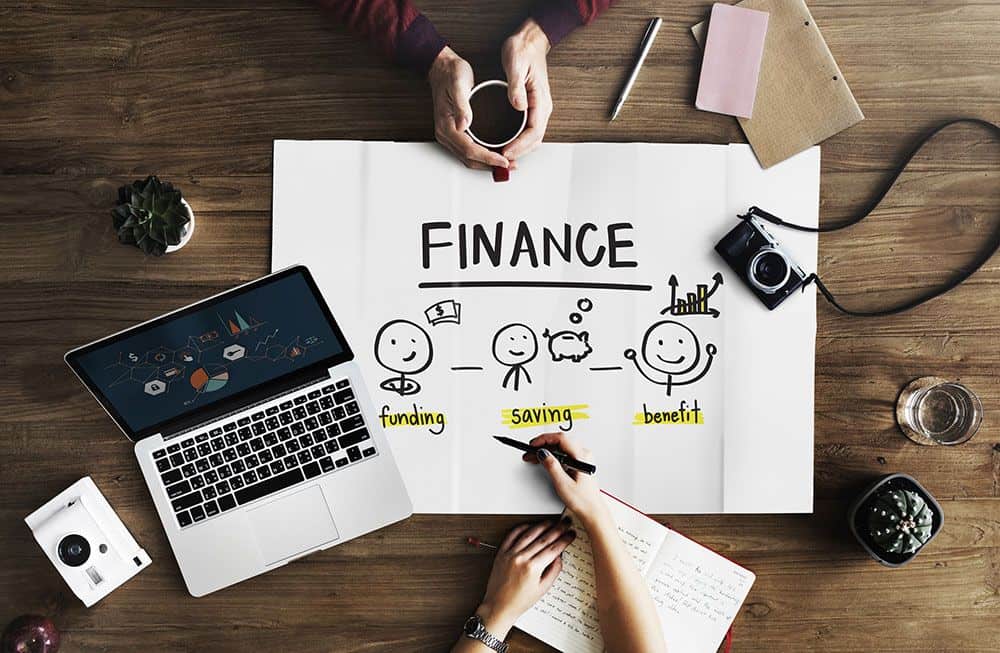The longer this time of self-isolation goes on, the worse things get for some Brazos Valley families. Residents are losing their jobs, being furloughed, or getting their hours cut–all while millions are still waiting on their federal stimulus checks to come through.
As the financial situation becomes dire for many, Nathan Harness, TD Ameritrade Director of Financial Planning at Texas A&M University joined First News at Four to discuss ways to address this financial hardship.
Harness’s advice is below, and the full conversation is in the video player above.
– First, talk to your employer and find out if you’ve been laid off or furloughed. “That’s going to affect the programs you’re eligible for,” said Harness. “If you’ve been laid off from employment, the first place you should go—and do so immediately—is the Texas Workforce Commission to file for unemployment.”
– Cut expenses by taking a hard look at your budget. “This really comes down to your discretionary income and something that’s not fun for most people—a budget,” Harness said. “I would look at memberships; these are things that are sometimes automatically hitting your credit card, monthly expenses that you may not be aware of until you take a hard look at where you’re spending.”
– Talk to your creditors about deferments, from credit card companies to student loan providers to landlords. “Communicate rapidly—because a lot of these expenses can go into deferment, but it requires you to communicate and let them know the situation you’re in,” said Harness.
– Find another way to make money while you wait for your career to come back online. “There’s a lot of side hustle opportunities—think about any unique skill sets that you have to sell on Etsy or on eBay, or an online personal shopper,” said Harness. “Some of you may have skills to develop website content if you’re a great writer. Online tutoring is growing right now, or even remote work on a project basis. These are great ways to manage the income side of the equation.”
– Avoid taking out a personal loan, particularly from a predatory lender. “I would, at all costs, avoid that scenario because those are likely not to be forgiven loans,” said Harness, “and secondly, some of those interest rates, cumulatively, can be 300-400%.”
– Know your allowances, but still avoid borrowing from your 401K if at all possible. “Right now, if your 401K allows—you need to be speaking with your employer, your human resources office—if they allow for a financial hardship withdrawal, the government is waiving that 10% penalty,” said Harness. “But this is still taxed as ordinary income. My personal opinion is if it is at all possible, avoid pulling money out of your 401K. If this is a last resort for you, try your best on the other side of this to put the money back.”

